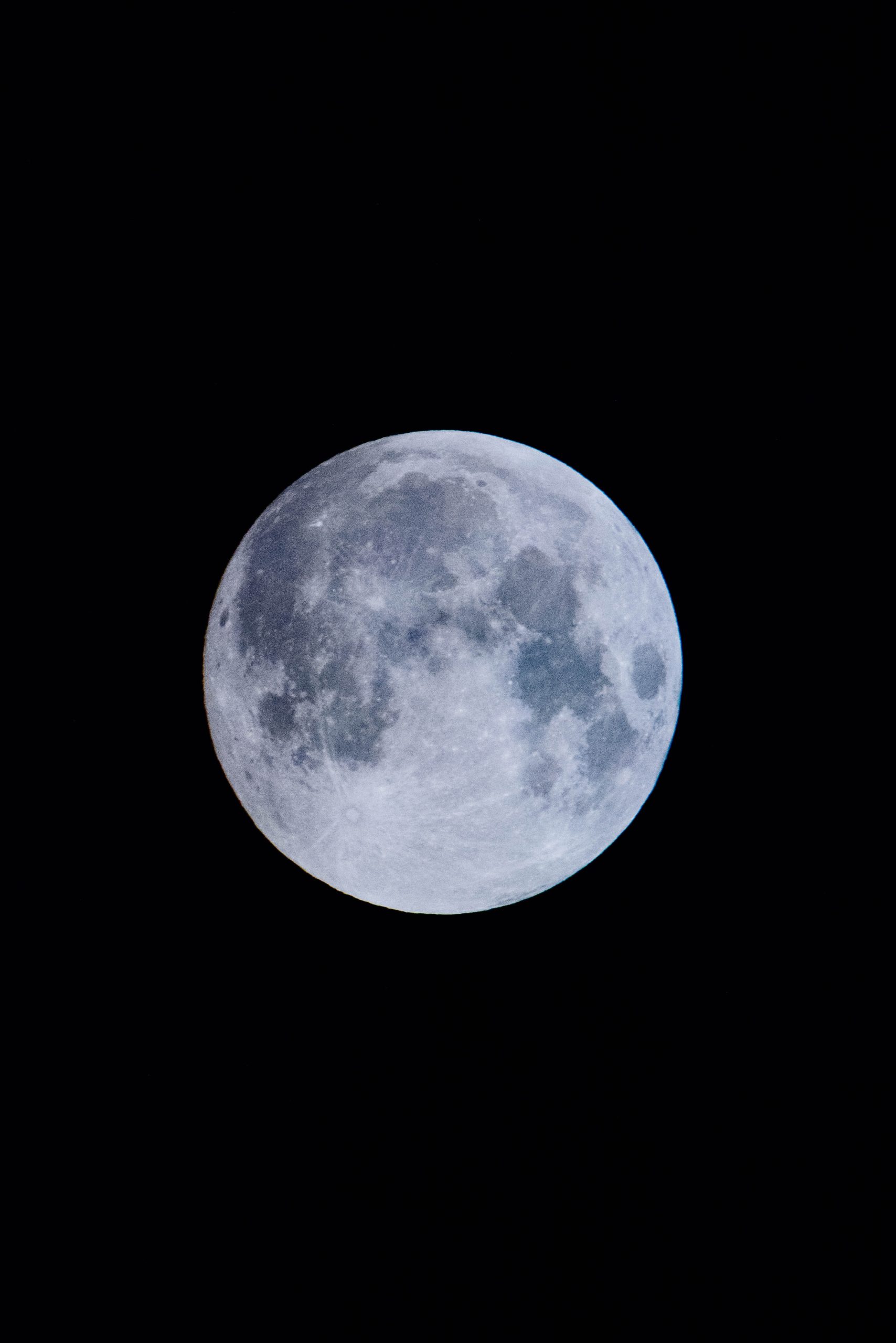Celtic History in Scotland: Unveiling the Rich Legacy
Table of Contents
- Introduction
- Origins of Celtic Scotland
- Celtic Influence on Scottish Culture and Language
- Celtic Religion and Mythology
- Transition to Medieval Scotland
- Preserving Celtic Heritage in Modern Scotland
- Conclusion
Introduction
The captivating history of Scotland is intertwined with the ancient and mysterious Celtic civilization. The Celts, a group of
Indo-European peoples, played a significant role in shaping Scotland’s cultural, linguistic, and religious heritage. In this
comprehensive article, we will delve deep into the Celtic history of Scotland, examining its origins, influence, religion,
transition to medieval Scotland, and the preservation of Celtic heritage in modern times.
Origins of Celtic Scotland
The roots of Celtic Scotland date back over two millennia. The Celts, a collection of tribes, migrated from Central Europe
between 500 and 800 BCE. They brought with them their unique language, customs, and artistry, which merged with existing
cultures in Scotland. The Gaelic-speaking tribes settled primarily in the western regions, while the Brittonic-speaking
tribes occupied the northern and eastern parts of the land.
The Celts were known for their skilled craftsmanship, particularly in metalwork and jewelry. Intricate designs adorned their
weapons, as well as personal ornaments like torcs and brooches. The discovery of impressive Celtic artifacts, such as the
Stirling torcs, showcases their exceptional craftsmanship and artistic flair.
Celtic Influence on Scottish Culture and Language
The Celts left an indelible mark on Scottish culture and language. The Scottish Gaelic language, derived from the Gaelic
spoken by the Celts, is still spoken in parts of Scotland today. Many place names across the country contain Gaelic
origins, emphasizing the enduring influence of the Celts on the land they once inhabited.
Celtic traditions also shaped Scottish cultural practices. Highland games, such as the renowned Braemar Gathering, have
their roots in ancient Celtic festivals. Bagpipes, kilts, and tartan patterns are synonymous with Scottish tradition and
owe their origins to the Celtic heritage.
Celtic Religion and Mythology
The spiritual beliefs of the Celts were intrinsically linked to nature, the elements, and the celestial world. They revered
a range of deities associated with different aspects of life, often depicted in intricate stone carvings and ancient
writings. The Celts believed in the existence of the Otherworld, a realm accessible through sacred sites such as burial
mounds and stone circles.
One of the most famous Celtic monuments in Scotland is the Callanish Stones on the Isle of Lewis. Believed to be a site of
ancient rituals and celestial observation, these standing stones form a cross-shaped arrangement, captivating visitors
with their mysterious allure.
Transition to Medieval Scotland
The Celtic period in Scotland eventually gave way to the medieval era, when new influences, such as the arrival of the
Anglo-Saxons and Norse, reshaped the landscape. However, remnants of Celtic culture remained ingrained, particularly in the
Scottish Highlands and Islands.
The merger of the Gaelic and Pictish kingdoms formed the Kingdom of Alba (Scotland), with Gaelic continuing to be spoken as
the dominant language. It was during this period that Christianity began to take hold in Scotland, blending with existing
pagan beliefs to form a unique blend of Celtic Christianity.
Preserving Celtic Heritage in Modern Scotland
In modern Scotland, efforts are made to preserve and celebrate Celtic heritage. Festivals, such as the Beltane Fire Festival
in Edinburgh and the Hebridean Celtic Festival in Stornoway, showcase Celtic music, art, and traditions.
Museums, including the National Museum of Scotland in Edinburgh, house extensive collections of Celtic artifacts, offering
visitors a glimpse into Scotland’s rich past. Organizations like the Gaelic Society of Inverness work tirelessly to promote
and protect the Gaelic language and cultural heritage.
Conclusion
The Celtic history of Scotland is an intriguing tale of migration, cultural exchange, and mystical beliefs. The enduring
influence of the Celts is evident in the linguistic artifacts, cultural practices, and religious symbolism that thrive in
present-day Scotland.
Exploring Scotland’s Celtic past allows us to appreciate the intricate tapestry of its history and the resilience of the
people who contributed to the nation’s development. Embracing Celtic heritage ensures that the legacy of the Celts remains
alive and cherished for generations to come.
References:
- https://www.britannica.com/topic/Celt
- https://www.historic-uk.com/HistoryUK/HistoryofScotland/The-Celts-in-Scotland/
- https://www.scotsman.com/heritage-and-retro/heritage/celtic-scotland-seven-must-visit-ancient-sites-2976756
- https://www.nts.org.uk/stories/standing-stones-of-callanish
- https://www.bbc.co.uk/scotland/history/articles/celtic_vikings/
- https://www.nms.ac.uk/about-us/collections-departments/scottish-history-and-archaeology/
- https://www.gsi.org.uk/
Table of Contents
